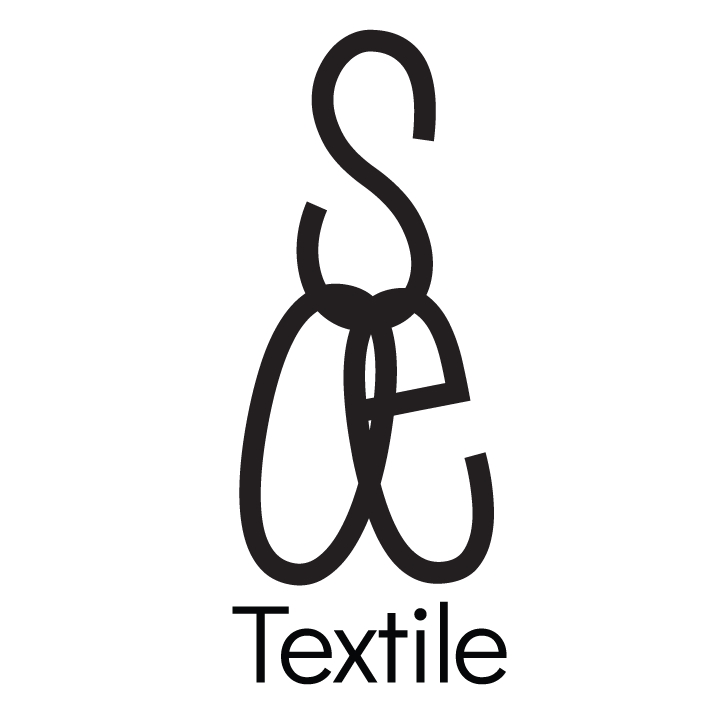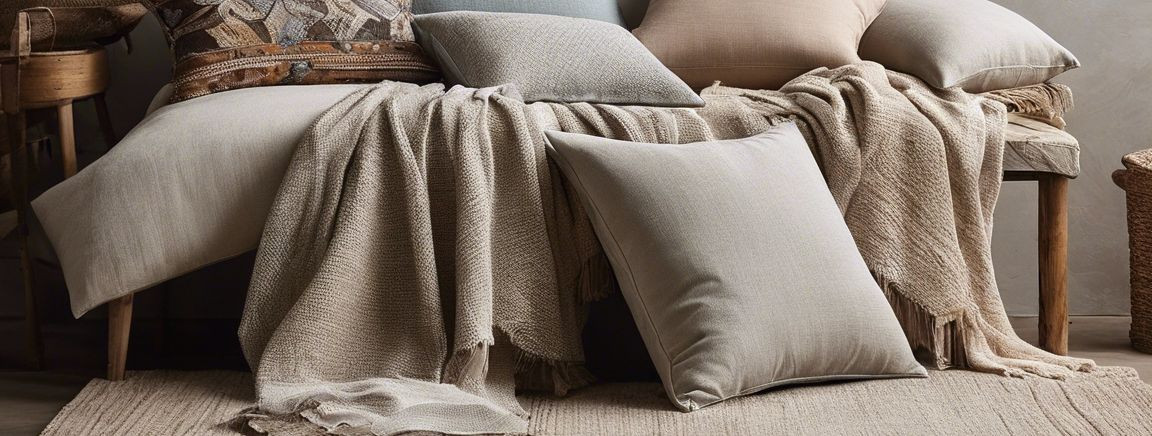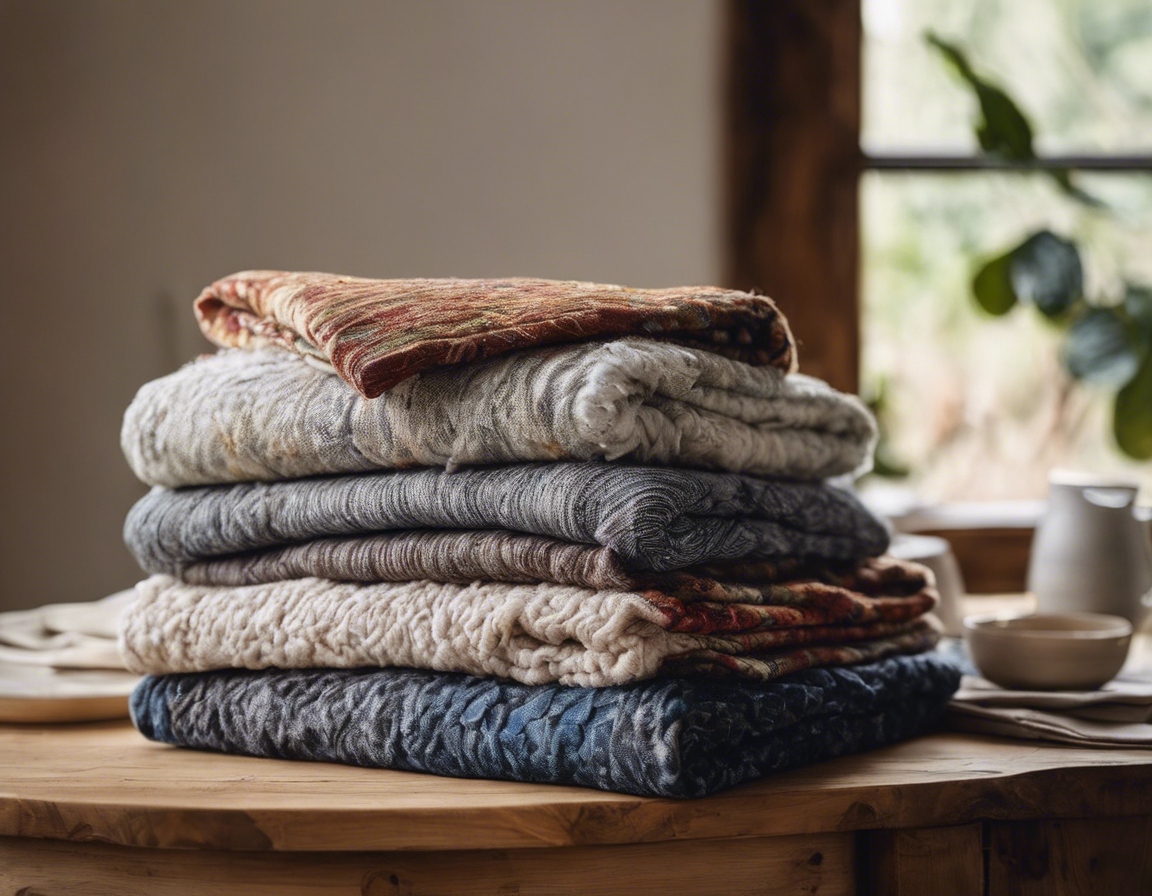5 ways to style your home with sustainable textiles
As we become more aware of our environmental impact, sustainable textiles are gaining popularity in home decor. These materials are not only eco-friendly but also add a touch of natural elegance to any space. In this post, we'll explore five ways to incorporate sustainable textiles into your home, ensuring that your living space is both stylish and environmentally conscious.
1. Organic Cotton Draperies for a Fresh Look
Organic cotton is a fantastic option for window treatments. Free from harmful pesticides and chemicals, it offers a clean and fresh aesthetic. Let's delve into how organic cotton can transform your windows and overall room ambiance.
Organic cotton is grown using methods that have a low impact on the environment. Its production sustains the health of soils, ecosystems, and people by using natural processes rather than artificial inputs. It's also hypoallergenic, making it perfect for those with sensitive skin or allergies.
Choose light-colored organic cotton draperies to create an airy and bright space. For a more dramatic effect, opt for bold colors or patterns that complement your existing decor. Layering sheer organic cotton curtains with heavier ones can offer versatility in controlling light and privacy.
2. Hemp Upholstery for Durability and Comfort
Hemp is a highly durable and comfortable material, ideal for upholstering furniture. It's a sustainable choice that stands up to wear and tear while maintaining a chic look.
Hemp fabric is made from the fibers of the hemp plant, which is incredibly resilient and can grow in poor soil conditions without the need for pesticides. It's also biodegradable and has a minimal carbon footprint.
Reupholster your favorite armchair or sofa with hemp fabric for a fresh update. The natural texture of hemp adds depth and character to your furniture. Pair it with sustainable wooden frames for a completely eco-friendly piece.
3. Linen Beddings for a Luxurious Sleep
Linen bedding is not only luxurious but also a sustainable choice for your bedroom. Made from the flax plant, linen is biodegradable and gets softer with each wash.
Linen has a unique texture that can give your bedroom an effortlessly chic look. It's also naturally breathable, making it perfect for a comfortable night's sleep.
Opt for linen sheets, duvet covers, and pillowcases in natural hues to create a calming sleep environment. You can also mix and match different shades of linen to add depth to your bedding ensemble.
4. Recycled Wool Blankets for Cozy Accents
Recycled wool blankets are a sustainable way to add warmth and texture to your home. They are made from reclaimed wool fibers, reducing waste and conserving resources.
Choosing recycled wool products supports the recycling industry and promotes the use of existing materials. These blankets are often just as soft and warm as those made from virgin wool.
Drape a recycled wool blanket over your couch or bed for an instant cozy touch. The rich textures and patterns can also serve as a focal point in a room.
5. Eco-Friendly Towels for a Conscious Bathroom
Eco-friendly towels made from materials like organic cotton or bamboo are soft, absorbent, and sustainable. They are the perfect addition to any eco-conscious bathroom.
Look for towels that carry certifications like GOTS (Global Organic Textile Standard), ensuring they meet high environmental and social criteria. These towels often come in a variety of colors and styles to match any bathroom decor.
Display your eco-friendly towels on open shelving or rolled up in baskets for a spa-like feel. Choose colors that complement your bathroom's palette for a cohesive look.






Comments (0)